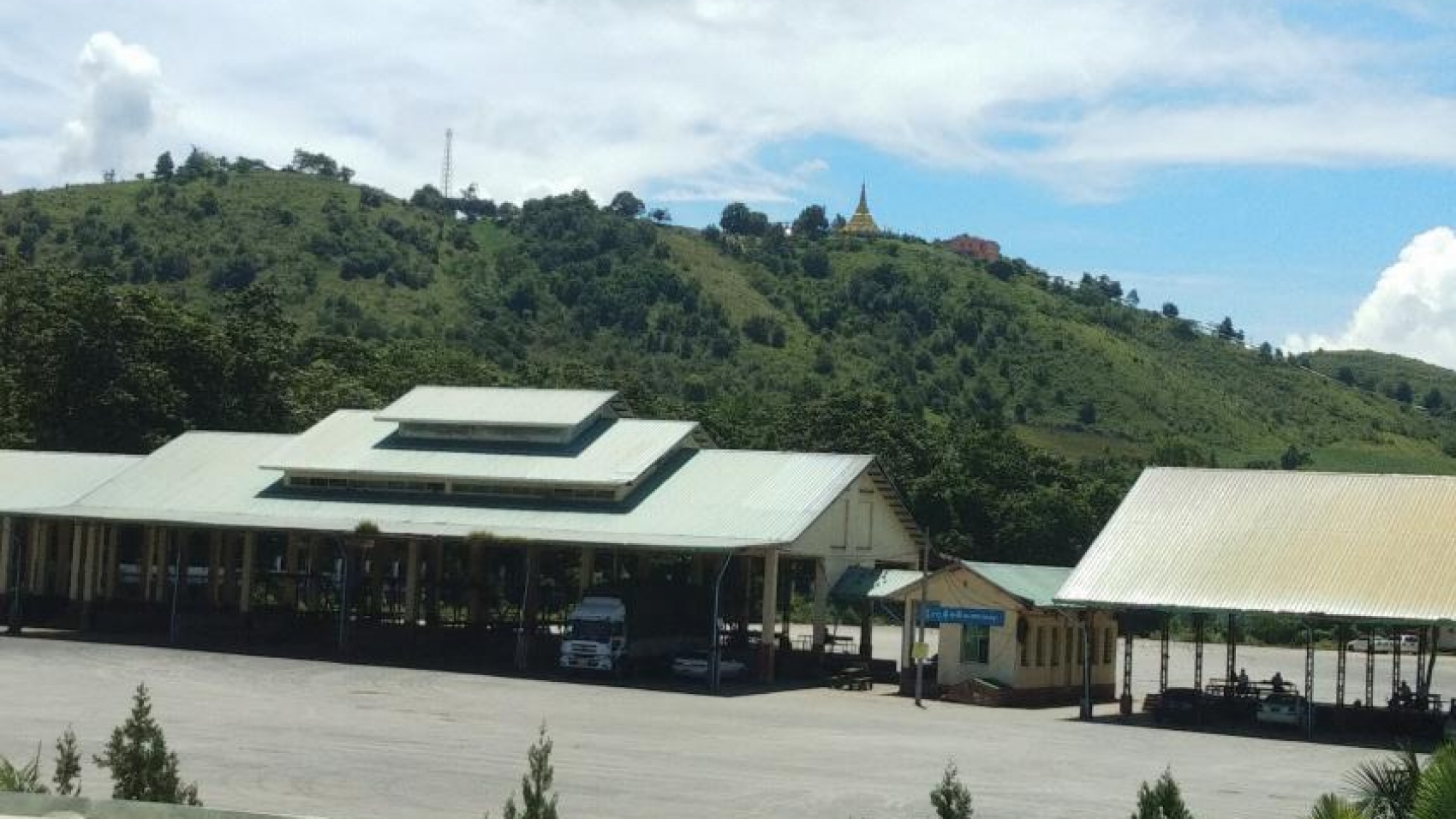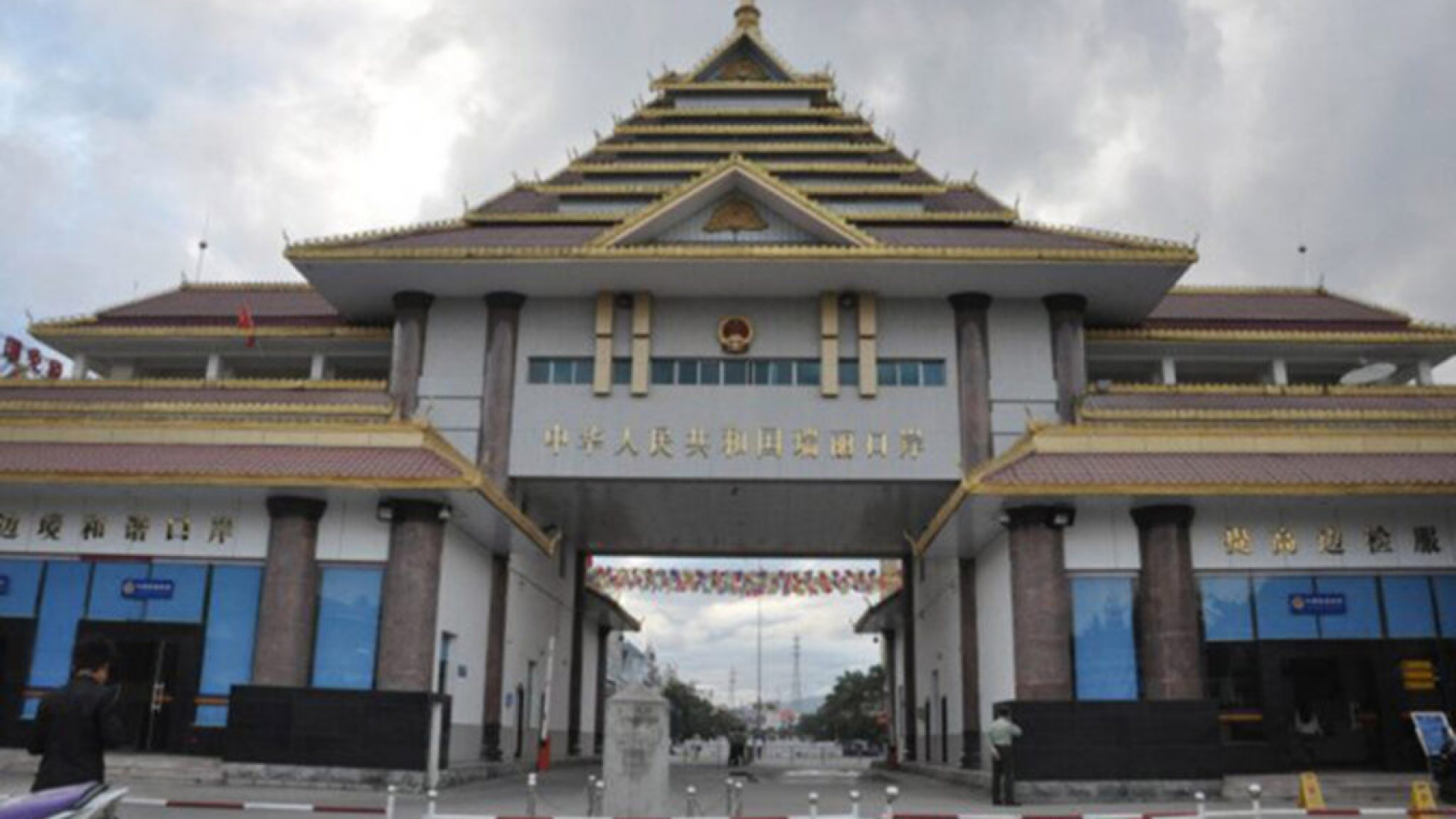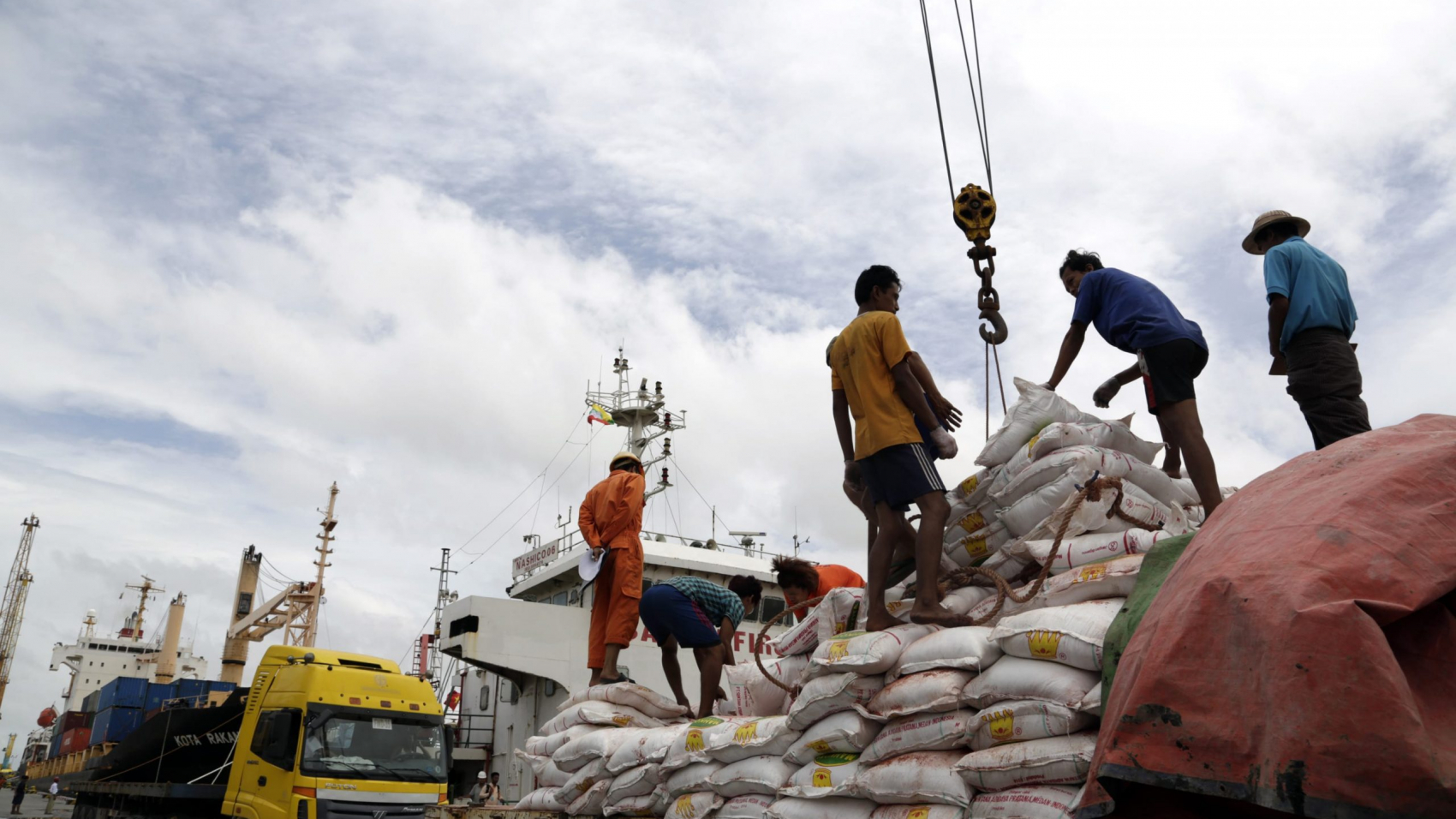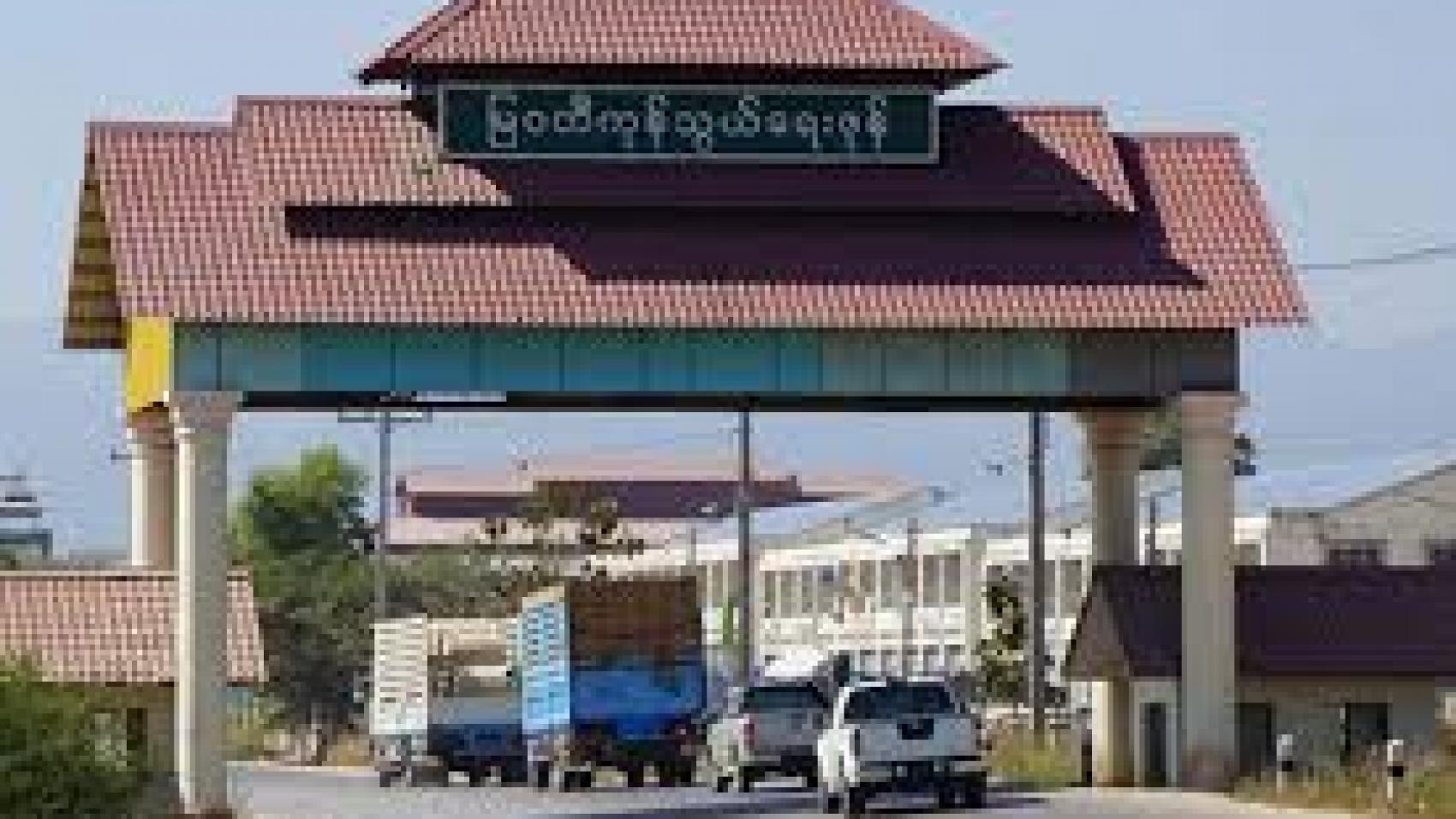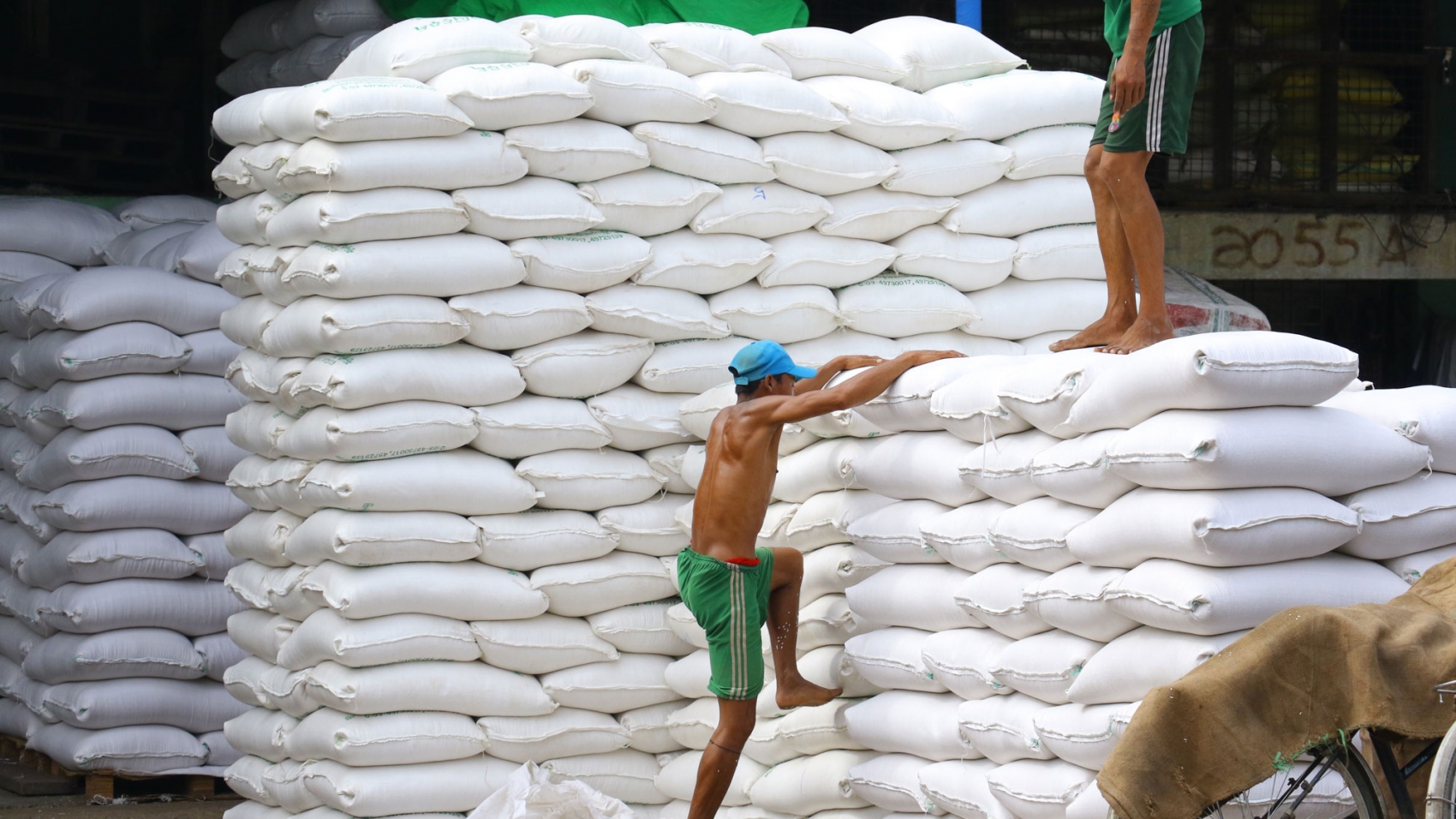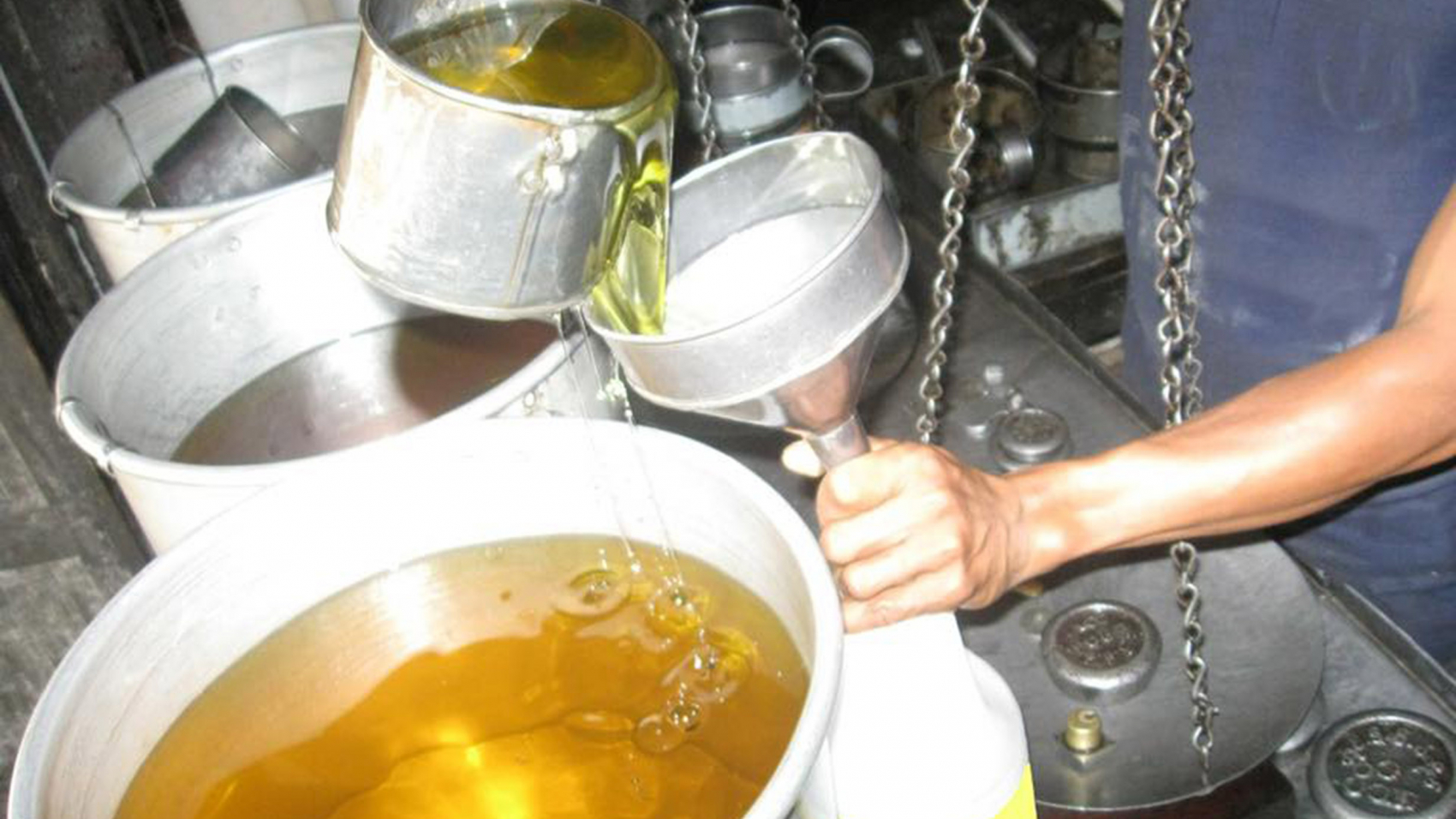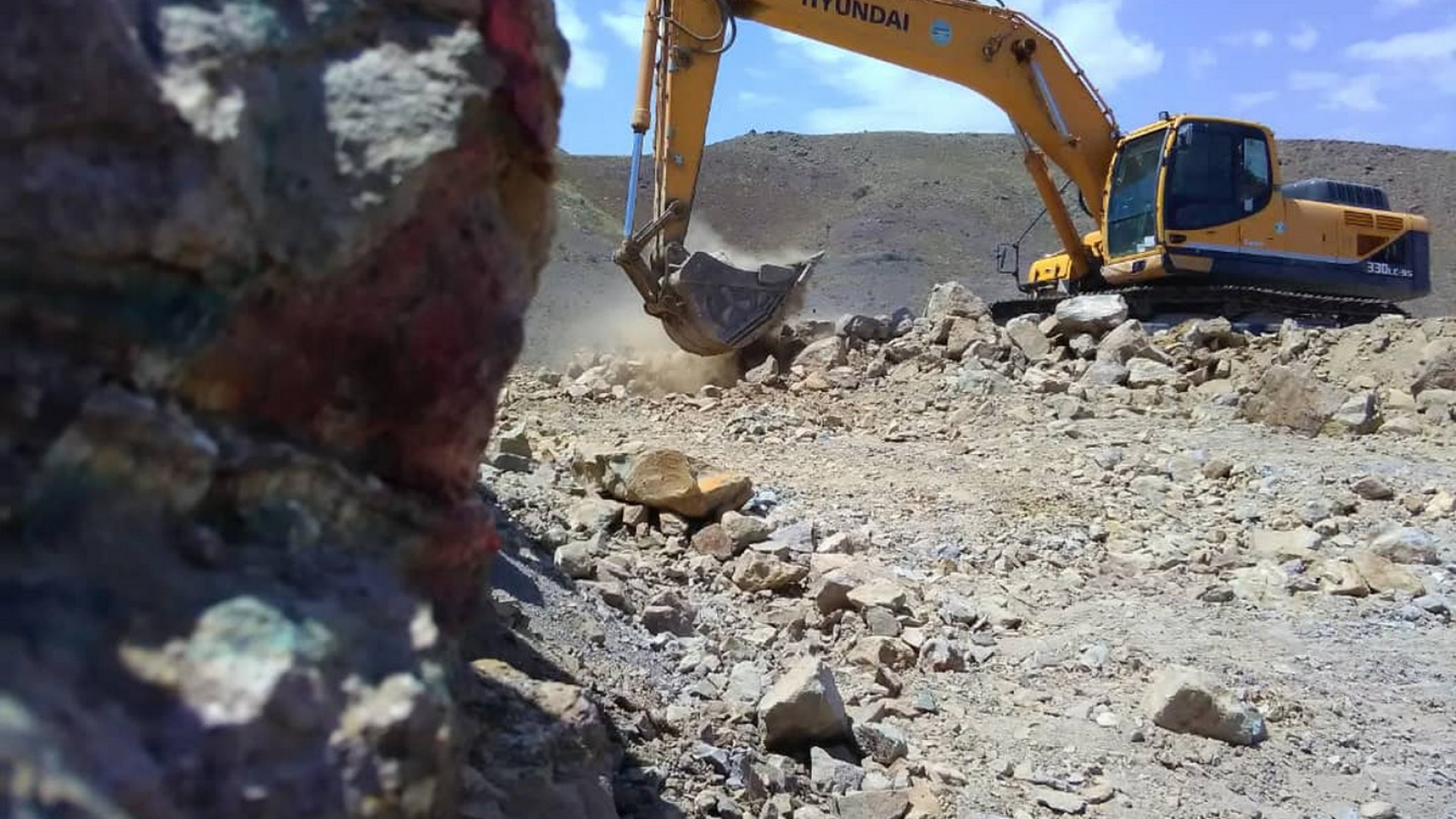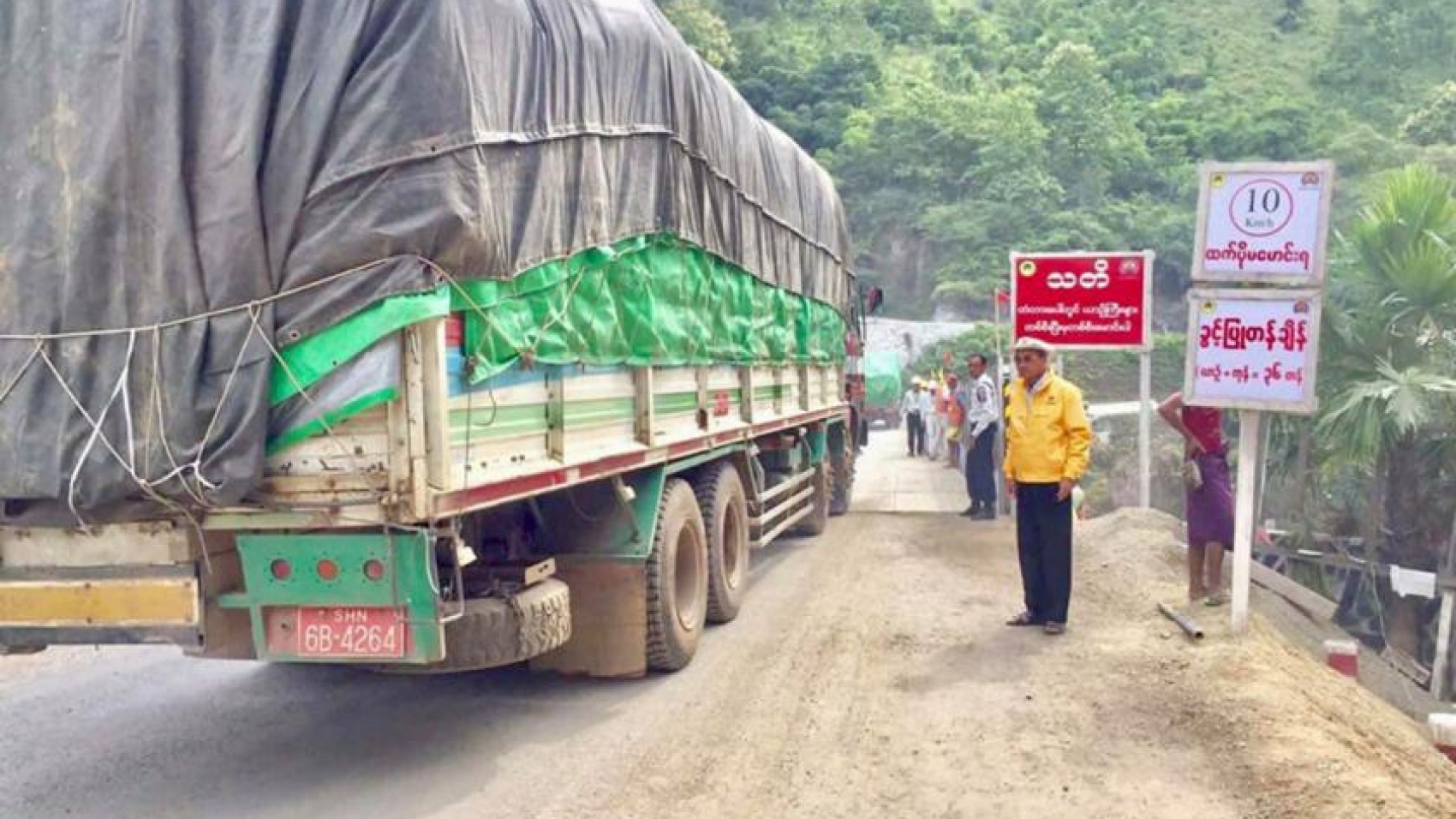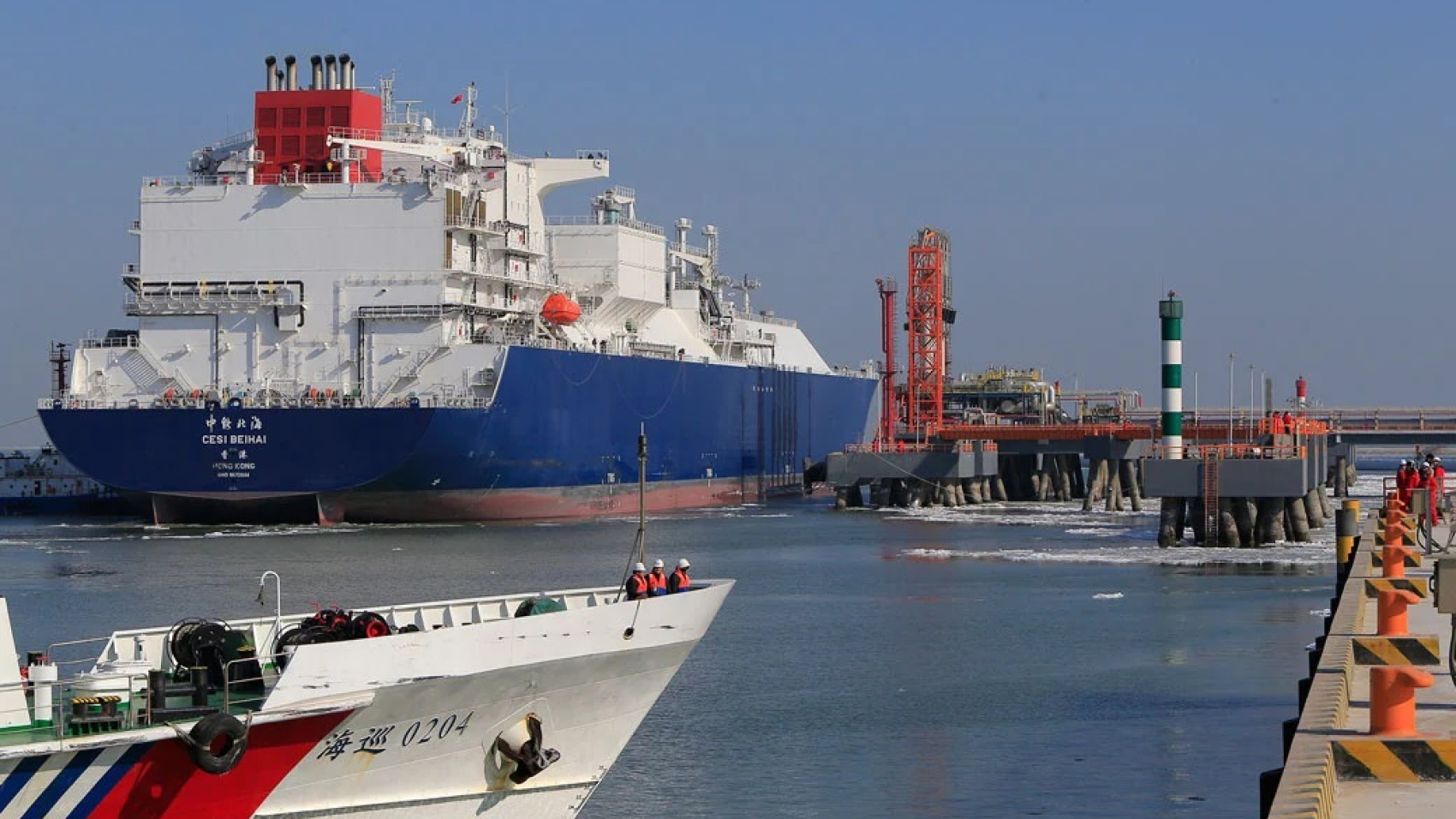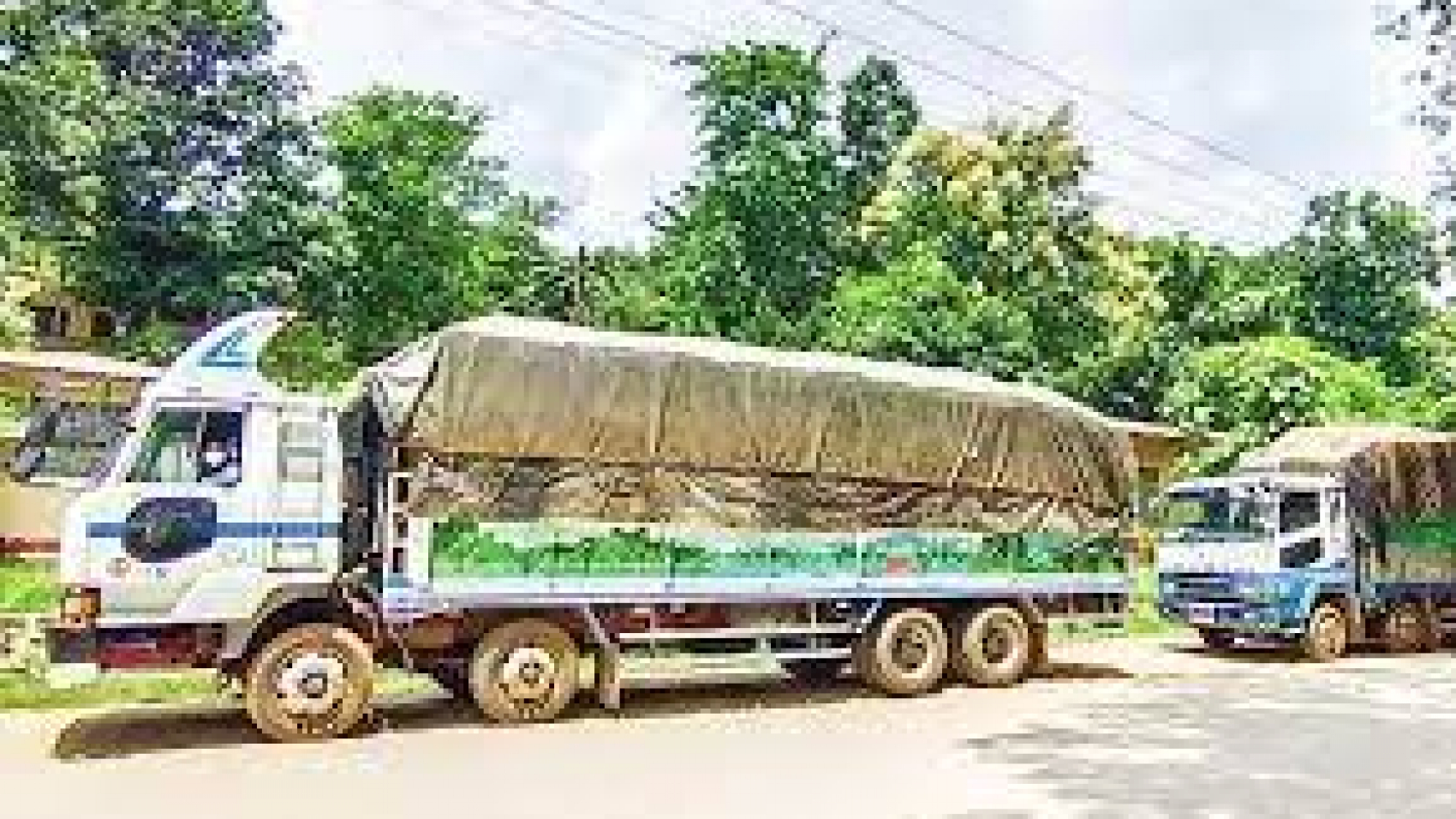The Trade Department under the Ministry of Commerce will evaluate the Advanced Telegraphic Transfer (TT) system to be eased in export procedures. Truck drivers need to seek QR code-based Vehicle Pass permits beforehand on digital platforms starting from 11 February 2023 in order to export goods in border trade, the Trade Department notified. The Trade Department (head office) notified Muse-Namhkam Border Trade Chamber of Commerce to disseminate this information stating that once the QR code-based Vehicle Pass system achieves success, easing the TT system will be considered.
On 1 February 2023, the department launched an online system to issue vehicle passes intending to facilitate the exports of various pulses, corn, sesame and peanut in the border channel. Consequently, those truck drivers who have received vehicle passes digitally in advance are allowed to pass the border point. The drivers of those aforementioned goods are required to seek it ahead. This vehicle pass can be done on Myanmar Tradenet 2.0 portal. The applicants holding export licenses have to fill in the classification of the vehicle in the Vehicle Monitoring System.
After screening the application, QR code-based Vehicle Pass will be issued. For those goods which do not need export licences, they can directly seek vehicle passes. The trucks can pass the checkpoints with that QR code. Those drivers which fail to show the QR code are not entitled to leave. That system kicked off on a trial run between 1 and 10 February along Muse, Myawady and Chinshwehaw borders. There were no charges on it during the trial period. That system will be fully operational from 11 February. Each truck will be charged K5,000. For further information, people can dial the contact number of the Trade Department.
Source: The Global New Light of Myanmar

